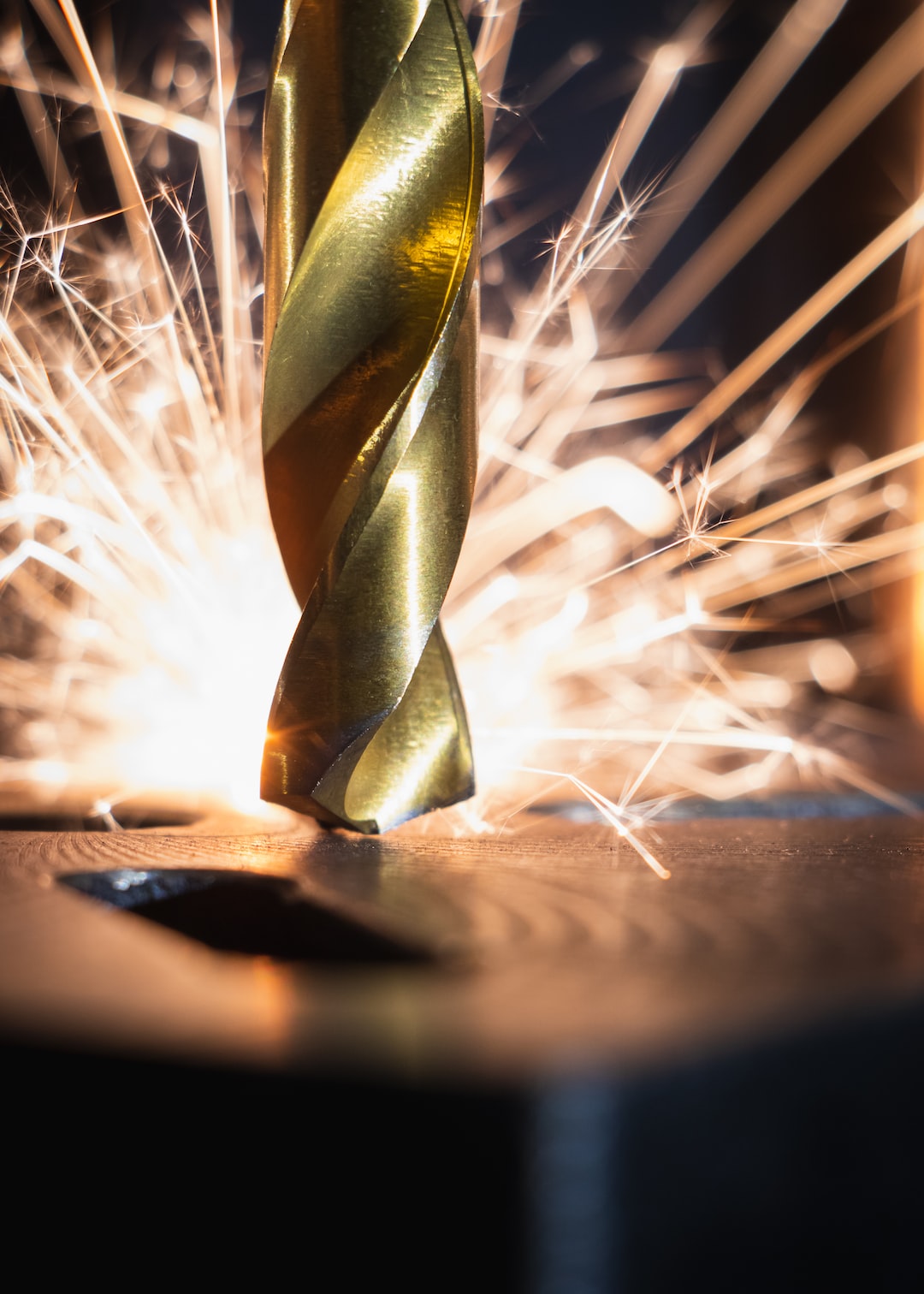The Future of Manufacturing Jobs: Automation and Human Collaboration
The field of manufacturing has undergone tremendous changes over the past few decades, driven by technological advancements and the rise of automation. This trend is expected to continue in the future, raising concerns about the fate of manufacturing jobs and the role of human workers in this industry. However, rather than replacing humans entirely, automation is likely to create a new paradigm of human collaboration that enhances productivity, quality, and safety in manufacturing.
Automation has already made significant strides in the manufacturing sector, with machines and robots taking on routine and repetitive tasks. This has resulted in increased efficiency and reduced costs for companies. However, the fear that automation will lead to widespread job losses is not entirely warranted. While it is true that some jobs may be displaced by automation, others will be created to support the development, maintenance, and monitoring of these automated systems. In fact, studies have shown that advancements in automation have historically led to a net increase in employment opportunities.
The key to unlocking the potential of the future manufacturing workforce lies in the integration of automation technology with human capabilities. Rather than replacing humans, automation should be seen as a tool to augment human skills and enable workers to focus on more complex and intellectually challenging tasks. By taking over mundane and repetitive tasks, automation frees up human workers to engage in more creative and value-added activities.
One area where automation and human collaboration can greatly benefit manufacturing is in the realm of safety. While machines are becoming increasingly sophisticated and capable, they still lack the ability to navigate complex and unpredictable environments. Human workers, on the other hand, possess the cognitive abilities to make split-second decisions and adapt to unforeseen circumstances. By combining the precision and reliability of machines with the problem-solving skills of humans, manufacturing companies can create safer working environments.
Furthermore, the integration of automation and human collaboration can lead to significant improvements in quality control and product customization. Machines excel at consistently executing repetitive tasks with precision, but they often lack the ability to detect subtle defects or make subjective judgments. Human workers, however, possess the perceptual and cognitive abilities to identify and address these issues. By combining the speed and accuracy of machines with the discernment of human workers, manufacturers can enhance their quality control processes and deliver products that better meet customer expectations.
The future of manufacturing jobs also lies in the development of new roles that leverage automation technologies. As automation continues to advance, there will be a growing demand for workers with skills in programming, data analysis, and system integration. These professionals will be responsible for configuring and maintaining automated systems, as well as leveraging the data generated by these systems to optimize manufacturing processes. While these roles may require different skill sets than traditional manufacturing jobs, they offer new opportunities for workers to develop expertise in cutting-edge technologies.
However, to fully realize the potential of automation and human collaboration in manufacturing, it is crucial to invest in training and workforce development. As the nature of manufacturing jobs evolves, workers will need to acquire new skills to remain relevant in the industry. Governments, educational institutions, and manufacturing companies should collaborate to provide training programs that equip workers with the technical and problem-solving skills required in a highly automated manufacturing environment.
In conclusion, the future of manufacturing jobs lies in the integration of automation and human collaboration. Rather than replacing humans, automation should be seen as a tool to enhance human capabilities and enable workers to focus on more complex and value-added tasks. By leveraging the precision and efficiency of machines with the perceptual and cognitive abilities of humans, manufacturing companies can create safer working environments, improve quality control processes, and deliver customized products. While there may be job displacements, advancements in automation have historically led to a net increase in employment opportunities. To embrace this future, investment in training and workforce development is imperative to ensure that workers have the skills required in an automated manufacturing landscape.

